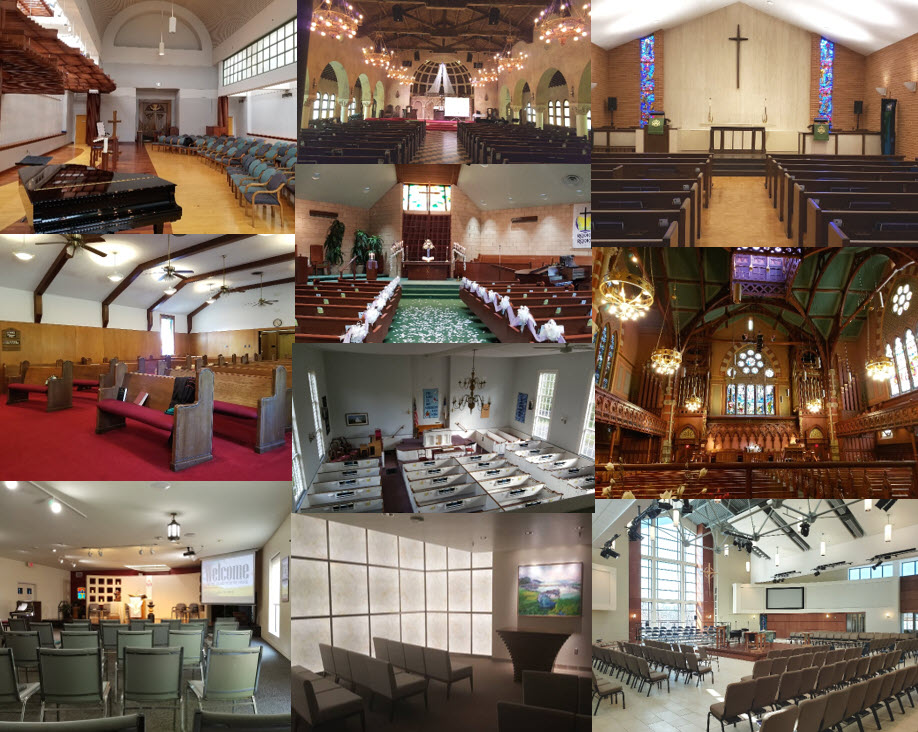After more than forty years of experience (including twenty years in parish ministry), I knew the Easter morning rhythm: sunrise service outside (usually with a modest crowd) followed by sanctuary services inside (usually with overflow crowds).
These celebratory services of worship proclaimed the good news of emptiness (in the form of an empty tomb) and the joy of resurrection and new life.
A New Emptiness
This Easter most of the United States and much of the world is marked by a new kind of emptiness: sacred spaces. Sanctuaries, auditoriums, worship halls and other sacred spaces are empty as people are staying at home to help prevent the spread of COVID-19.

So What?
When I was in seminary I was taught to expect the speed of change within the life of any local church or national denomination would be slow. On this blog I’ve written hundreds of posts about various aspects of Mainline Protestant decline and the decline of Christianity more generally within the United States.
For years I’ve wondered what it would take for churches to accelerate the speed of change, and welcome innovation as normative. This Easter, I now know the answer is simple: emptiness.
As the followers of the Way of Jesus gather today for worship in a greater number of sacred spaces than ever before in human history, together we proclaim:
- Jesus has died; Jesus is risen
- The church has closed its doors; the church is always open
- Resurrection brings new life; we are a resurrection people
Note: The photographs of empty sacred spaces were captured during the last five years in Connecticut, Florida, Kentucky, Massachusetts, and Texas.